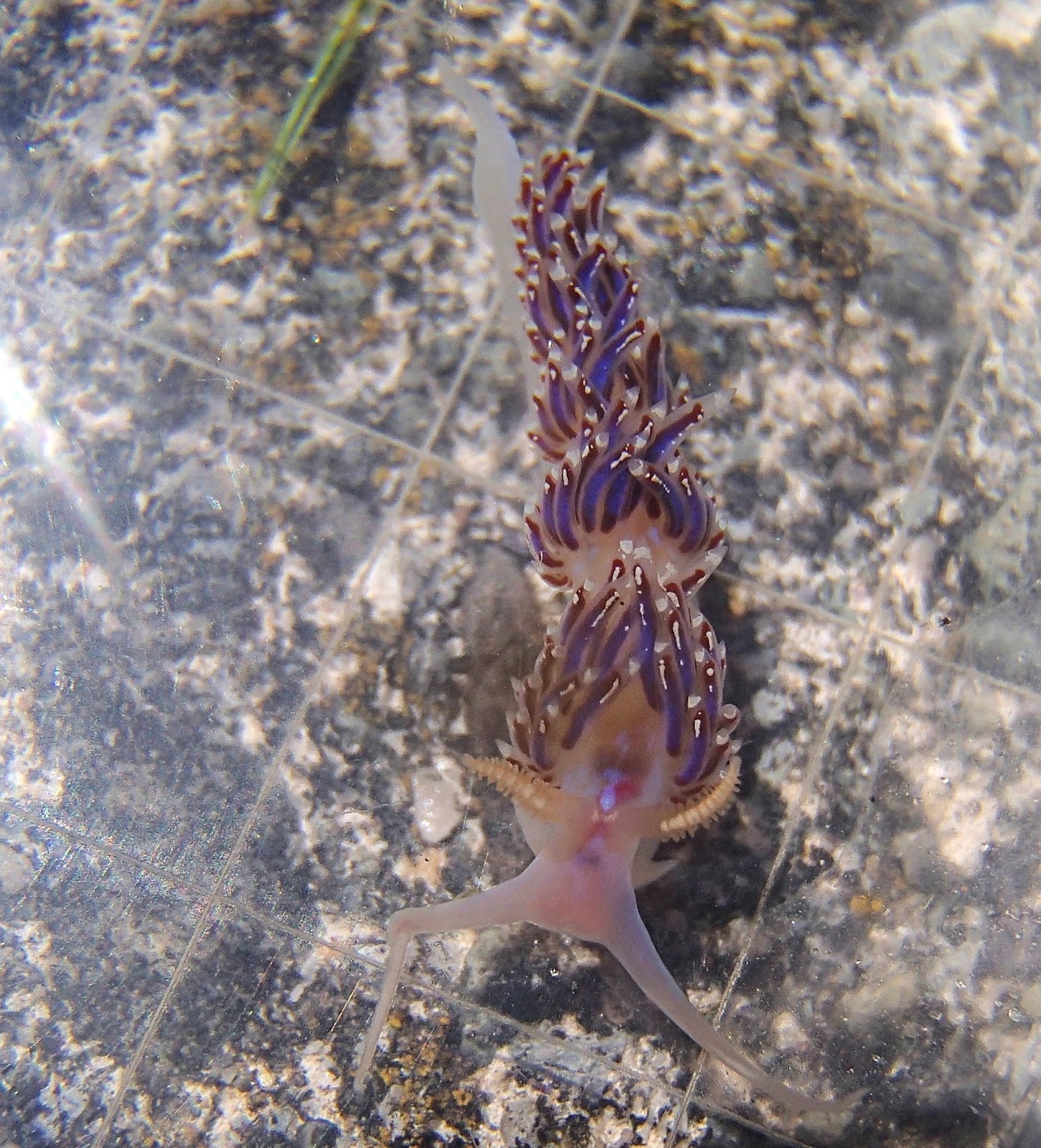After posting my last update I realised that I never really properly described why and when phytoplankton blooms occur. So i thought I would
briefly try to outline these things.
Phytoplankton essentially need 2 things to survive and grow: nutrients & sunlight (as they are largely photosynthetic organisms). Without these things they cannot survive. When there is an abundance of both of these elements (due to natural or anthropogenic influences) phytoplankton can thrive and blooms can occur.
Naturally in many temperate regions there are 2 major bloom events - one in the Spring and one in the Autumn. During the winter the water column is well mixed due to storms, increased wind, and decreased stratification, so there are plenty of nutrients in the surface layers (where the phytoplankton reside). However, there is limited sunlight during the winter. This causes a build-up of nutrients in surface layers. When sunlight intensifies in the Spring, light is no longer limiting phytoplankton growth and large numbers of phytoplankton are able to grow due to the nutrients that accumulated in the water column over the winter. This is the major phytoplankton bloom of the year - the
Spring bloom. Once the backlog of nutrients have largely been utilised by this bloom the nutrient levels return to a lower baseline level and phytoplankton levels also return to a lower level. Over the summer the water column becomes more stratified and nutrients in the surface waters get depleted and not replenished by deeper water nutrients. This leads to a smaller
Autumn bloom when winter storms begin mixing the water column again - replenishing nutrients to the surface waters.
So that is a very
very brief attempt at an explanation about when and why plankton blooms happen.
Zooplankton
Thus far on this blog I have only really talked about phytoplankton (the photosynthesising section of plankton). I thought I would take a moment to mention the non-photosynthesising fraction today.
Zooplankton can be animals that permanently remain in the plankton, or they can be the juveniles of animals and grow up and metamorphose out of the plankton phase. In other years the plankton team have also investigated the zooplankton in the waters here - but this year there aren't enough of us to manage both phytoplankton and zooplankton. However we are still collecting the samples for future years to look at.
 |
Photographs of some zooplankton - juvenile stages of non-planktonic adult animals.
Some of these look nothing like the adult animals they grow into!
Photographs all taken at Sherkin Island Marine Station. |
Unidentified worm larvae
Unidentified bryozoan larvae (the radio was
playing whilst I recorded this..)
In other news, the other day there was a rather large storm that passed over the island and we had to rush around unplugging everything possible as the lightning was very ferocious and impressive! I would kindof like to be here to see a winter storm now! There was also an amazing sunset and lovely rainbow that appeared just before ALL THE WATER FELL FROM THE CLOUDS.










































